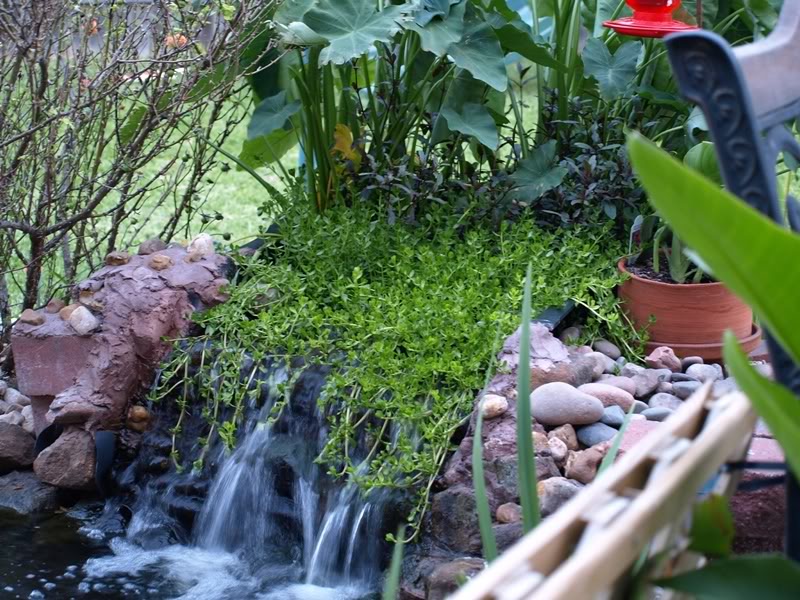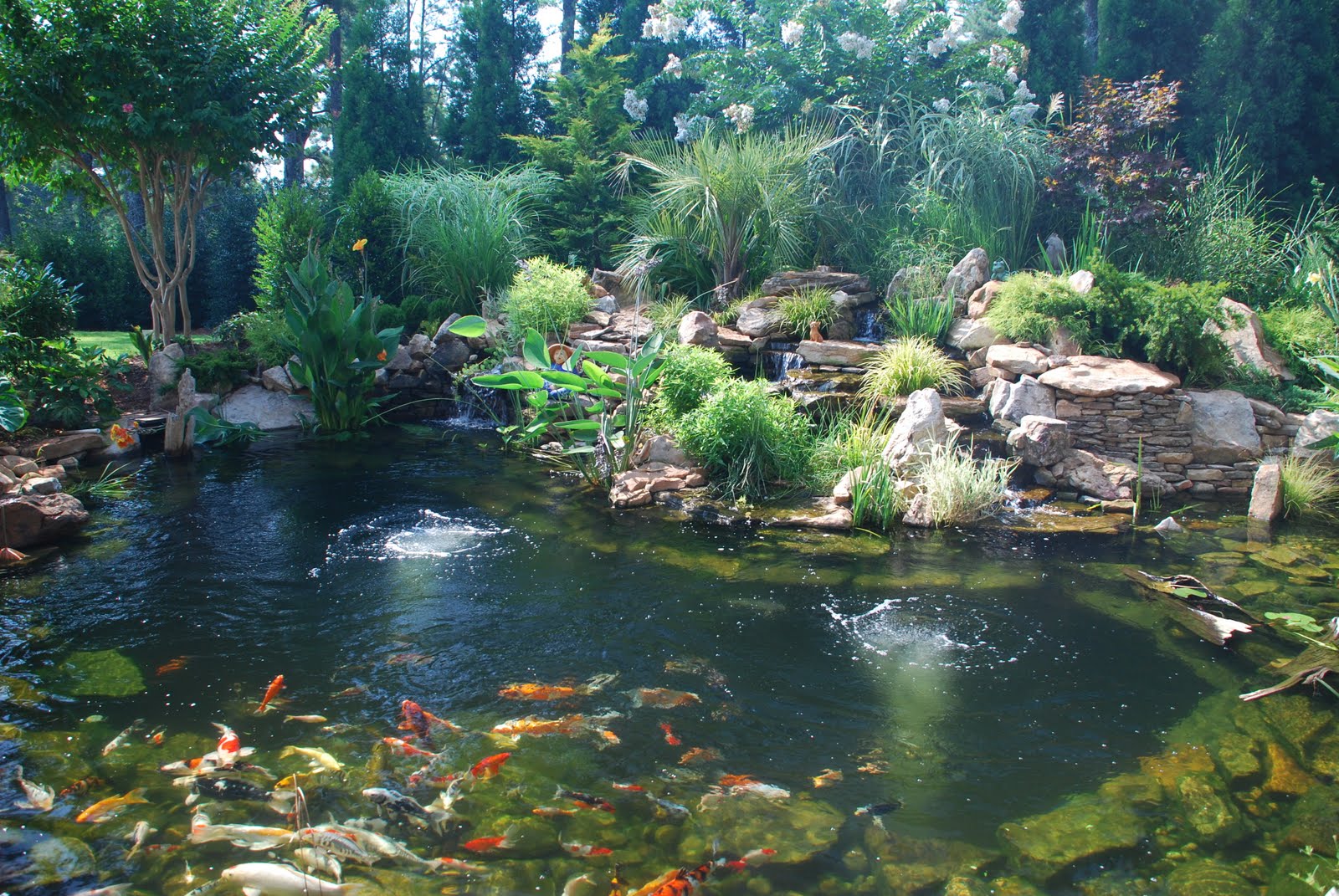
The Importance of Bacteria in Koi Pond Filters: A Comprehensive Guide
Introduction
Koi ponds are a beautiful addition to any backyard, adding a peaceful touch of nature to your surroundings. However, like any other body of water, keeping koi ponds clean requires maintenance. One of the ways to maintain a koi pond is by installing a filter. But did you know that bacteria are a crucial component of a koi pond filter? In this article, we will discuss why bacteria are essential to koi pond filters, how they work, and ways to maintain a healthy balance of bacteria in your koi pond.
What are Bacteria in Koi Pond Filters?
Bacteria are microscopic organisms that play a critical role in the balance of a koi pond’s ecosystem. In a koi pond filter, there are two types of bacteria: aerobic bacteria and anaerobic bacteria.
Aerobic Bacteria
Aerobic bacteria are the first line of defense in koi pond filters. They require oxygen to survive and work to break down waste products like fish waste, leftover food, and dead plant matter. As they break down these substances, they produce nitrates, which are then broken down by anaerobic bacteria in the next stage of the filtration process.

An overabundance of aerobic bacteria can cause a harmful spike in nitrates that are toxic to koi fish. Therefore, it is important to achieve a balance in the ecosystem by maintaining a healthy population of both aerobic and anaerobic bacteria.
Anaerobic Bacteria
Anaerobic bacteria are the second line of defense in koi pond filters. They work to break down the nitrates produced by aerobic bacteria into harmless nitrogen gas. Unlike aerobic bacteria, anaerobic bacteria do not require oxygen to survive; hence they thrive in low-oxygen environments like the bottom of the koi pond.
During the winter months, when temperatures drop, koi pond owners may notice a decline in the activity of their aerobic bacteria. In such cases, a balance is achieved by increasing the activity of anaerobic bacteria that can function in low temperatures with little to no oxygen.
The Importance of Bacteria in Koi Pond Filters
Bacteria are essential to the health of your koi pond’s ecosystem. Without the proper balance of bacteria, waste products will build up, leading to an increase in harmful ammonia and nitrite levels. These substances are toxic to koi fish and can cause infections, weakened immune systems, and even death.
Bacteria in koi pond filters play a vital role in the nitrogen cycle, an essential process that removes harmful substances from the pond water. When waste products like cooked food and fish waste accumulate, bacteria break them down into less harmful substances like nitrites and nitrates. Once nitrates are formed, anaerobic bacteria take over, converting them into nitrogen gas that is released into the atmosphere.

Bacteria in koi pond filters also help to prevent the growth of harmful algae by removing nitrates, which are a food source for algae. A healthy balance of bacteria is critical to maintaining crystal clear water in your koi pond. Moreover, a well-maintained koi pond contributes to the overall aesthetic appeal of your backyard.
How to Maintain Healthy Bacteria in Koi Pond Filters
Maintaining healthy bacteria in koi pond filters is essential to the health of your koi fish and the overall ecosystem. Here are some tips to help you maintain healthy bacteria levels:
1. Test the Water
Regularly test the water in your koi pond to monitor the levels of ammonia, nitrites, and nitrates. This will help you identify any imbalances in the ecosystem that need correction. Designate a specific day each week to check on the water quality to ensure your fish stay healthy.

2. Avoid Overfeeding
Overfeeding is one of the most common mistakes koi pond owners make. Overfeeding leads to an excess of waste products in the pond, which can overwhelm the bacteria population in the filter system. Make sure to feed your koi fish the appropriate amount of food, and avoid leaving any uneaten food in the pond.

3. Clean the Filter System Regularly
Cleaning the filter system regularly prevents the accumulation of waste products that can clog the filter and damage the bacteria population. Avoid cleaning the filter too thoroughly, as this may remove the bacteria that have colonized the filter media. Cleaning the filter media is best done using pond water to maintain healthy bacteria levels.

4. Add Beneficial Bacteria
Adding beneficial bacteria supplements to your koi pond can help maintain a healthy population of bacteria in your filter system. Beneficial bacteria supplements can be found in most pet stores, and they help to boost the natural bacteria population while breaking down harmful substances.

Conclusion
Bacteria play a critical role in maintaining a healthy koi pond ecosystem. They help to remove harmful substances from the water, prevent the growth of algae, and maintain water clarity. A well-maintained koi pond not only adds beauty and tranquility to your backyard but also contributes to the overall well-being of your koi fish. Follow the tips mentioned in this article to maintain healthy bacteria levels in your koi pond filter system, and enjoy the benefits of a clean and healthy koi pond.